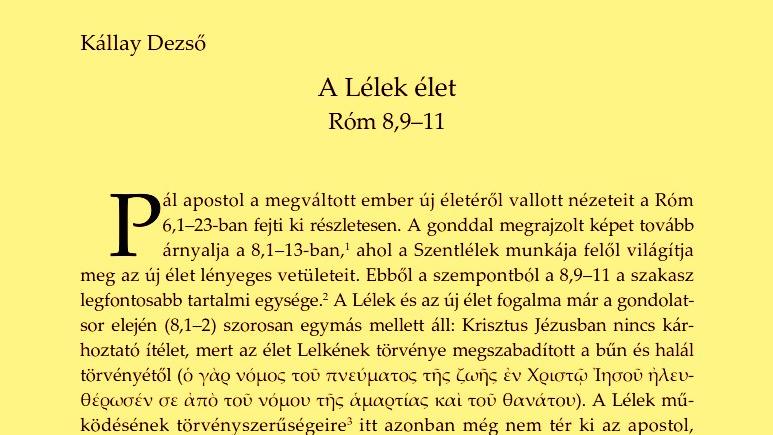„Therapeutica sacra”, avagy a trinitárius modell alkalmazhatóságának egyházi esélyei az egyéni és közösségi lelkigondozás és a holisztikus terápia vonalán
Az ember az Istennel való együtt járásában létezik („létrejön”, pontosabban identitása ebben „jön létre”), következésképpen mind a lelkigondozó, mind a gondozottja identitása is, antropológiai értelemben (mint szerény kalauz / kísérő a klienssel való együtt-haladása sajátos történetében), e dinamikus reláció kontextusában valósul meg, azaz létezik, és abszolút értelemben ezt nevezhetjük terápiának, illetve bármilyen legitim lelkigondozói intervenció sajátos útjának és a lelki „egészség” teológiailag indokolt helyreállításának (azaz Istenképűségünk eszkatológiailag anticipált helyreállításán
